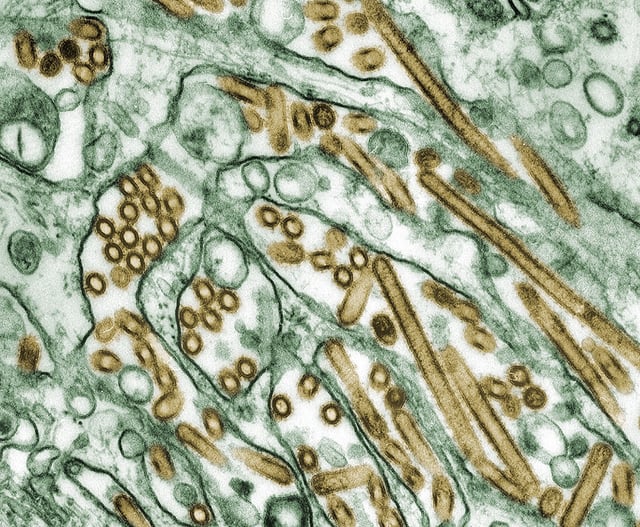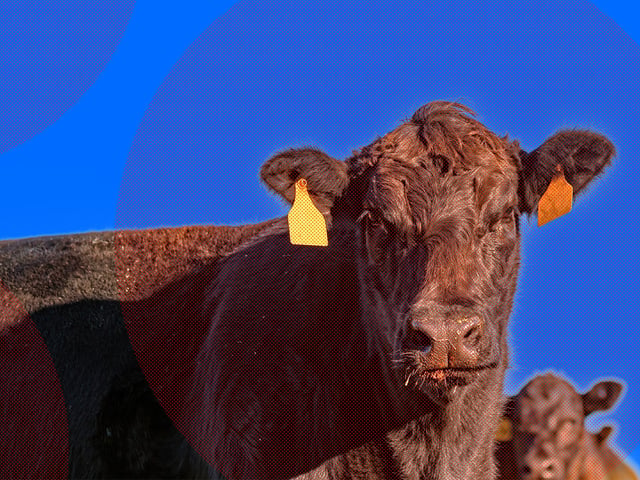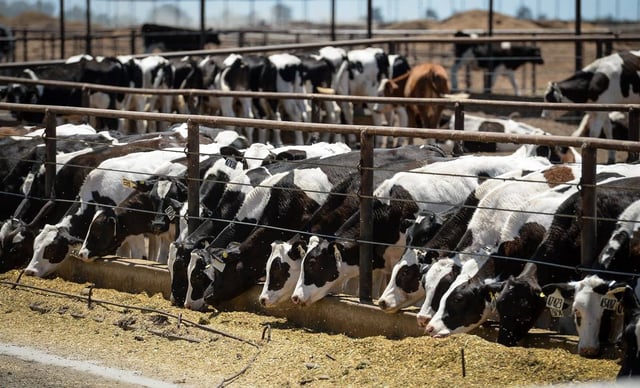Overview
- A Missouri patient tested positive for H5 bird flu with no known exposure to infected animals or poultry.
- The Centers for Disease Control and Prevention (CDC) confirmed the case on September 6, marking the first human bird flu case detected through national surveillance.
- The CDC's investigation has found no evidence of person-to-person transmission, and the risk to the public remains low.
- California has reported new cases of avian influenza in dairy herds, contributing to the 200 infected herds across 14 states.
- The CDC is partnering with commercial labs to develop better bird flu tests, aiming to enhance the country's surveillance and response capabilities.



